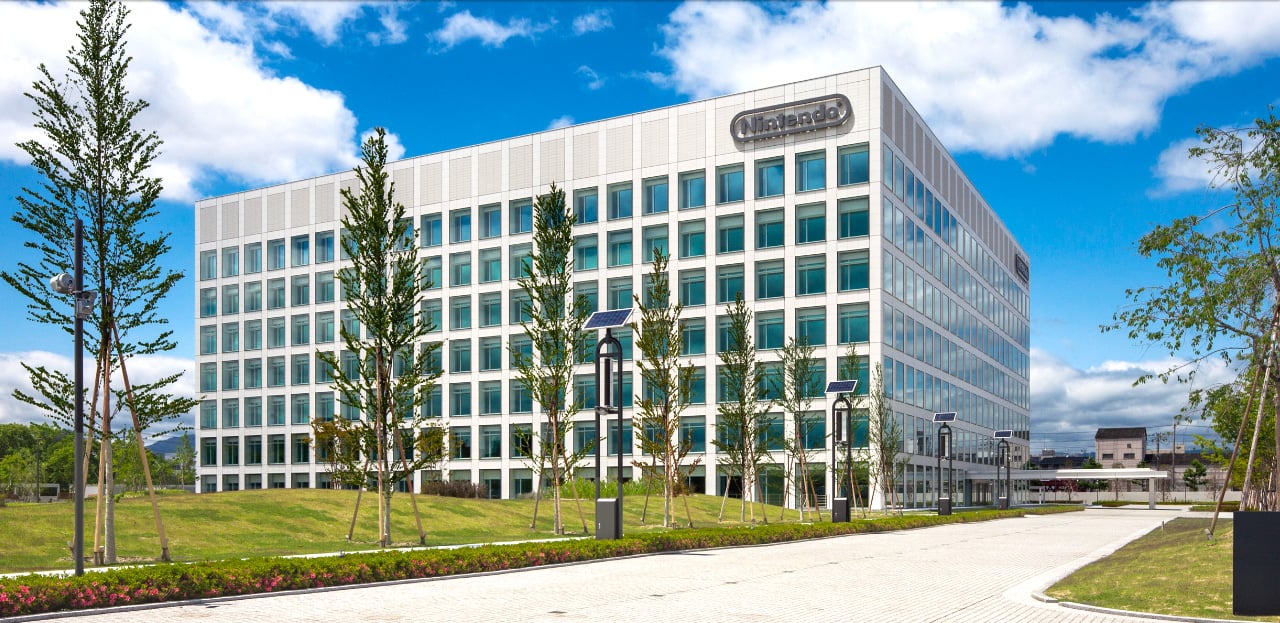Foltzie
Uncle Muji
- Pronouns
- he/him
Indeed,I really don't think Nintendo has a the money to stand up their own cloud solution. Look at who's playing in the space right now, Amazon, Google, Nvidia and Microsoft. All players with deep, deep pockets. Also the drake hardware is more powerful than most were expecting before the leak, but too weak for what you're suggesting.
Something I always remind people with Cloud is that it really isn't that much cheaper for a hardware manufacturer over the traditional market while having much higher risk for not hitting their return on investment.
There is a reason that Nvidia, Microsoft, Google moved first in this market. Nvidia because they had research and an interest in trying to find a second source for its vehicle GPU stack. Google and Microsoft* since they have already invested billions into the hardware needed for cloud computing. This made costs for Google and Microsoft to "build" out xCloud and Stadia relatively cheaper.
Maybe Nvidia offers another version of Orin to Nintendo for cloud computing, but if they wanted that, they could have used a version of GeoForce Now already. The cloud offerings on Switch aren't GeoForce Now based.
Never say never, but cloud gaming will largely remain a niche, and a niche mostly unserved by Nintendo.


